Rank Genus | Phylum Chordata Order Primate | |
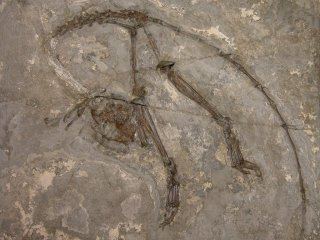 | ||
Family ArchicebidaeNi et al. 2013 Species A. achillesNi et al. 2013 Similar Primate, Archicebus achilles, Notharctus, Teilhardina, Darwinius | ||
Archicebus achilles
Archicebus is a genus of fossil primates that lived in the early Eocene forests (~55 million years ago) of what is now Jingzhou in the Hubei Province in central China, discovered in 2003. The only known species, A. achilles, was a small primate, estimated to weigh approximately 20–30 grams (0.71–1.06 oz), and is the only known member of the family Archicebidae. As of 2013, it is the oldest fossil haplorhine primate skeleton discovered, and is most closely related to tarsiers and the fossil omomyids, although A. achilles is suggested to have been diurnal whereas tarsiers are nocturnal. Resembling tarsiers and simians (monkeys, apes, and humans), it was a haplorhine primate, and it also may have resembled the last common ancestor of all haplorhines as well as the last common ancestor of all primates. Its discovery further supports the hypothesis that primates originated in Asia, not in Africa.
Contents
- Archicebus achilles
- 3d reconstruction of archicebus achilles
- Etymology
- Evolutionary history
- Biogeography
- Anatomy
- Range and ecology
- References
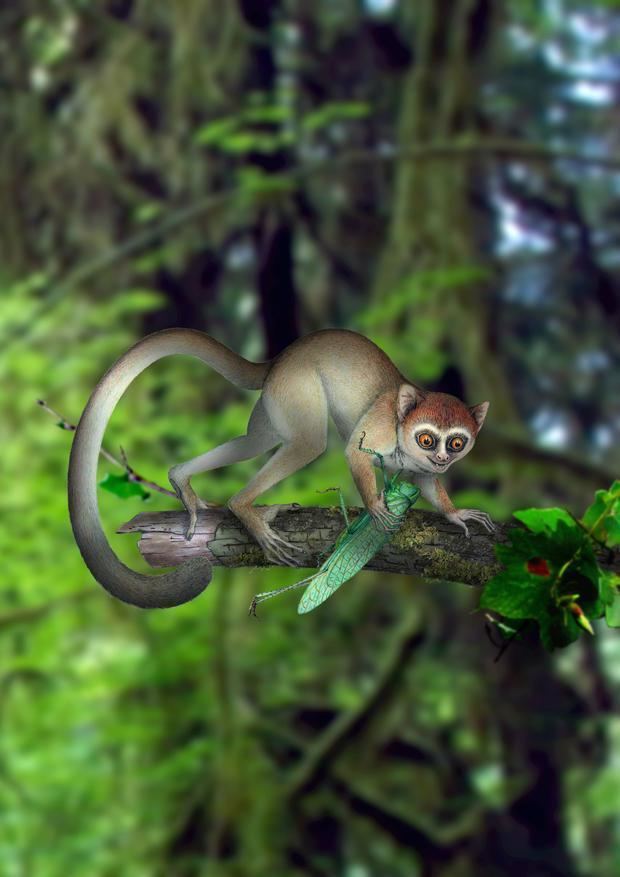
3d reconstruction of archicebus achilles
Etymology
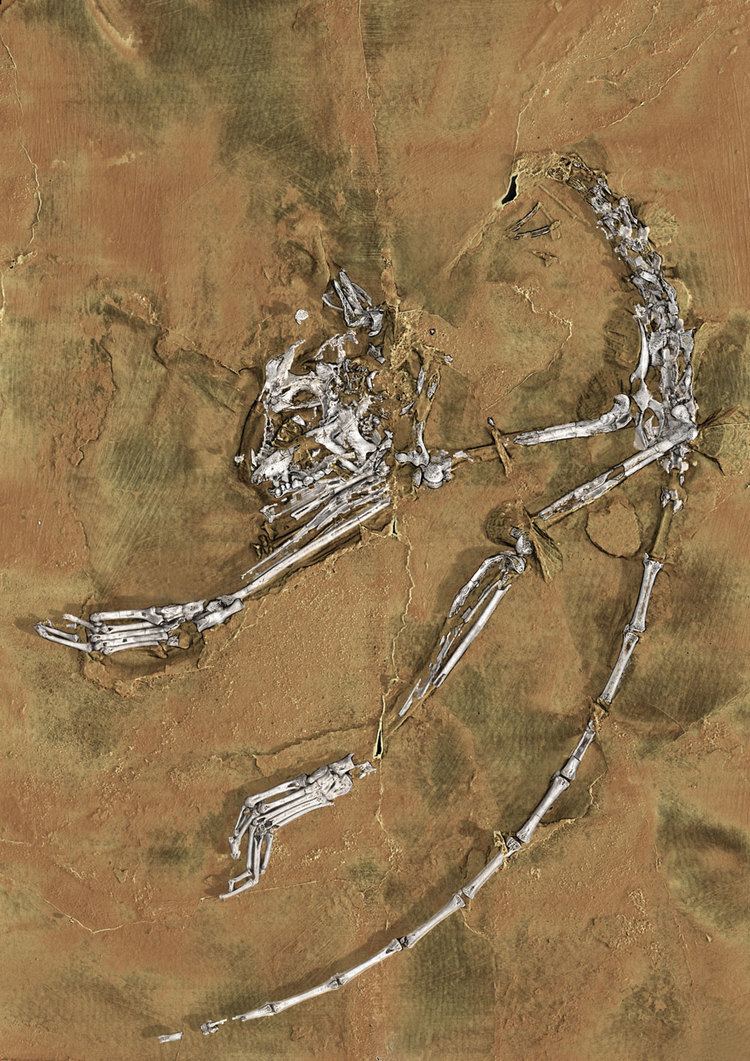
Archicebus achilles was named for being the oldest known primate skeleton (as of 2013) and for its distinguishing calcaneus (heel bone). The generic name, Archicebus, was constructed from arche (ἀρχή), the Ancient Greek word for "beginning", and cebus, the Latin version of the Ancient Greek kêbos (κῆβος), which refers to a long-tailed monkey. The species name, achilles, is a reference to Achilles, the Greek hero of the Trojan War from Greek mythology.
Evolutionary history
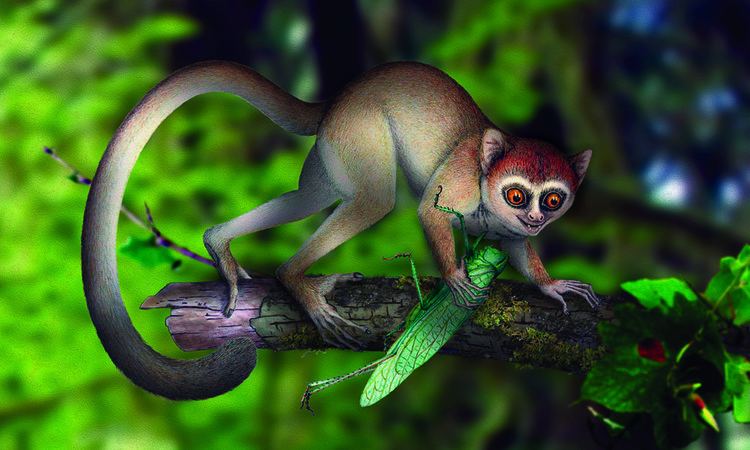
Archicebus achilles exhibits similarities with simians with regard to the shape of its calcaneus and the proportions of its metatarsals, yet its skull, teeth, and appendicular skeleton resemble those of tarsiers. According to phylogenetic analysis, all of these traits taken together suggest it is the most basal member of the tarsiiform clade within the suborder Haplorhini. Considering its age, and since simians are a sister group to tarsiiforms, A. achilles may closely resemble the common ancestor of haplorhines and possibly the last common ancestor of all primates.
Biogeography
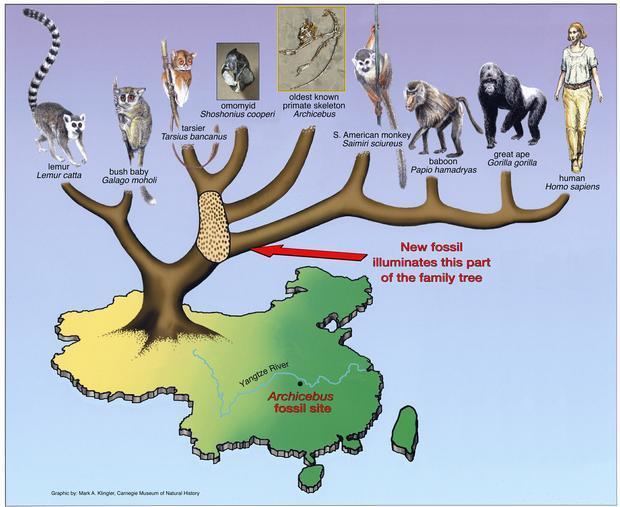
The discovery of A. achilles adds further support to the hypothesis that primates originated in Asia, and not in Africa.
Anatomy

A. achilles is estimated to have weighed 20 to 30 g (0.71 to 1.06 oz), making it comparable in size to today's smallest living primates, mouse lemurs.
Range and ecology
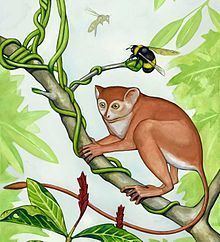
A. achilles lived in the forests of the warm Eocene epoch, approximately 54.8 to 55.8 million years ago in a part of Asia near what now is Jingzhou, in the southern Hubei Province of China.
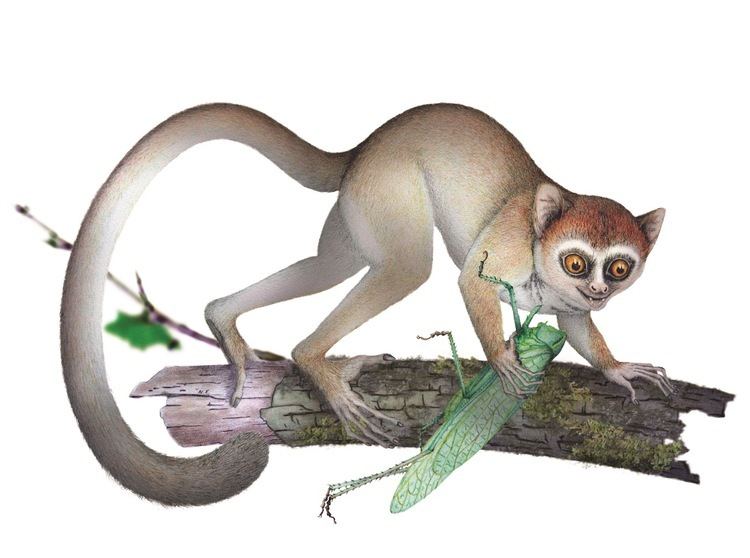
Judging from its large canine teeth and sharp crests on its premolars, A. achilles was insectivorous. Unlike tarsiers, however, its smaller eyes suggest it was diurnal, a pattern previously suggested by other early haplorhines, such as Teilhardina asiatica. Its hind limbs suggest it did a lot of leaping; however, its hips, shoulders, and feet also suggest that it was not a vertical clinger and leaper such as tarsiers and galagos are, but likely moved through the trees in a more generalized quadrupedal fashion by grasping tree limbs from above.
